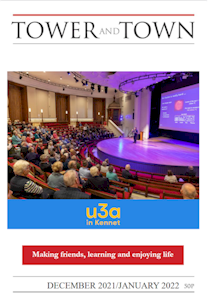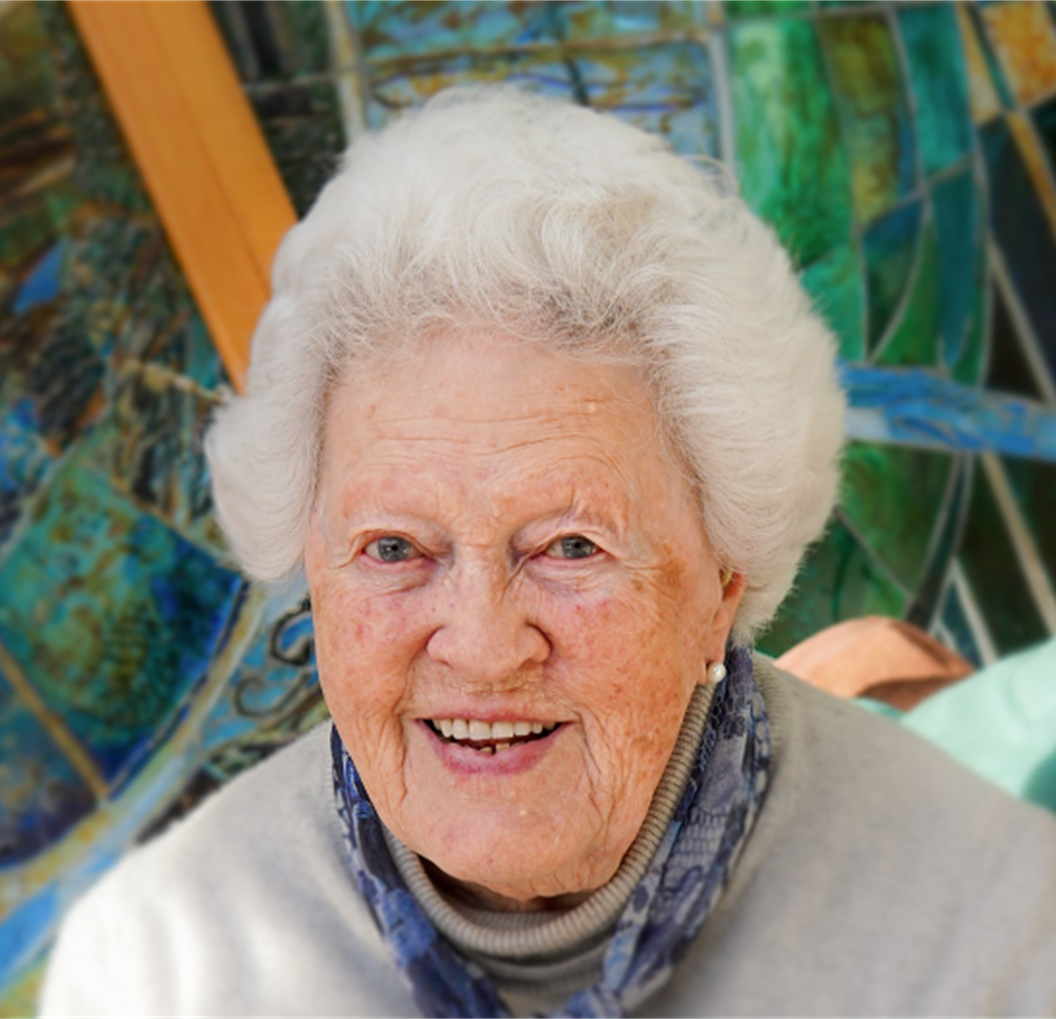

Tower and Town, December 2021 (view the full edition) (view the full edition)Family NewsThank you to Sarah Wilson for this tribute to her mother:  Diana Hony (née Hoare), 26 Feb 1925 – 2 August 2021, was a Moonraker, through and through, born at home in Westbury, Wiltshire, with her Elling grandparents living just down the road in Warminster. She described her childhood as idyllic, playing in the woods and walking the nearby downs. Aged five, her formal education began with a governess, before going to prep school in Seaton and then on to Sherborne Girls’ School. Diana proved a natural academic in the Arts and Humanities, obtaining a place to read English at St Hugh’s College, Oxford in 1943. Her generation of women was the first to compete with, and outshine, men in the world of work: two other women to go to Oxford in 1943 were her great friend Monica Sims, who went on to become the first female Controller of Radio 4 and then Director of Programmes for BBC Radio, and Margaret Hilda Roberts, later to become better known as one Mrs Thatcher. Unlike her illustrious counterparts, Diana got sent down from Oxford – not for any titillating misdemeanours, but for failing Anglo-Saxon! However, the war was on and she was pleased to be able to join the WRNS and “do her bit” in the fight against fascism. She spent most of her time on the Isle of Man as a plotter, for the Navy’s Fleet Air Arm, becoming a Leading Wren in the process. She married John Hony in Feb 1953 and was whisked off to live in the remote bush of Western Nigeria where John had been posted by his company, British American Tobacco. The nearest shopping centre was one hundred miles away, but luckily there was an American Baptist Mission Hospital about 15 miles away where her first child Carol was born on Christmas Eve 1953. For the birth of her other two children – Guy and Sarah – she returned to the somewhat safer environment of Savernake Hospital in Marlborough and the care of brother-in-law Dr Dick Maurice. After christenings at Preshute Church, Diana would go back to Nigeria and follow John round his various postings there. Her daughter Sarah’s birthday parties in Zaria resembled a mini United Nations, with Nigerian, Indian, Dutch and Danish friends and Diana was still corresponding by email with a Nigerian friend only weeks before she died. Despite a colonial lifestyle of servants, parties and polo, it was not necessarily an easy life: pets catching rabies; dogs dying from snake bites; children getting malaria; intermittent or non-existent electricity; tap water undrinkable unless boiled. There was also the unstable political scene with coups d’état and curfews being a common feature of life. Sarah recalls her mother calmly announcing that because of a coup, there was a curfew and they had to stay at home – she stoically made it seem quite normal to her children. When John retired in 1978, they went to live in Ibiza and spent a happy and very social 25 years there. Diana was able to indulge in her passion for painting watercolours of the beautiful Ibizan countryside. Throughout her life, Diana had a quiet but strong faith, attending services in the church in Zaria, northern Nigeria, which sadly has now been destroyed by militants. In Ibiza, once the local Catholic bishop gave permission for Church of England services to be held in San Antonio church, she was a regular attendee. Since returning to Marlborough in 2002 to live near John’s sister Anne Maurice in Town Mill, she worshipped at Preshute Church. After all their years of outdoor, sporty life, Diana was finally able to able to indulge in all the cultural activities not on offer in Nigeria or Ibiza, joining groups such as the U3A; Exploring English; Controversial Discussion Group; Marlborough Gardening Association; the Theatre & Concert Clubs. Her intellectual curiosity remained undimmed – in 2016 at the age of 91 she gave a lecture on the family Gainsborough The Byam Family to Marlborough’s U3A Art & Art History group. And she made friendships across the ages – a much younger friend commented that “a conversation with Diana was always interesting and entertaining”. She was not averse to some quiet campaigning: the marble pulpit in Salisbury Cathedral was designed by Sir George Gilbert Scott in memory of her husband John’s great-grandfather, William Hony, Archdeacon of Salisbury 1846-1875. When Diana discovered that William Hony’s inscribed name had become obliterated during work on the pulpit, she wrote to the Diocese to make sure that his name was reinstated. She was devastated by the tragic and untimely death of her son Old Marlburian Guy Hony on 3rd July. Her last hope was to be able to attend his funeral, but sadly it was not to be. In her usual indomitable and uncomplaining way, she walked into Great Western A&E on 27th July and died less than a week later. Unlike her Oxford contemporaries, Diana Hony did not go on to run the BBC or the country, but she set an example of kindness and love to her children and grand-children which is perhaps, in this day and age, just as important a legacy. Jessy Pomfret |